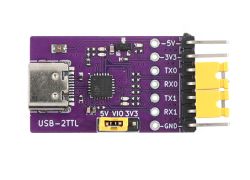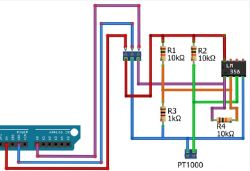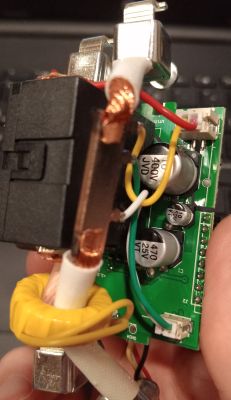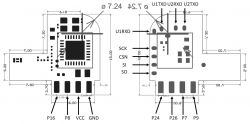Picked up these two E14 candle bulbs from the HaveDeer store on Ali Express. A single box with two identical units branded as Aoycocr. 5W RGBCW 400lm E14 candle bulbs with model Q2SC2M.
https://www.aliexpress.com/item/1005005961852651.html
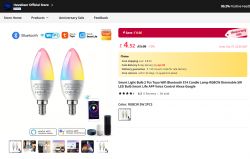
Some packaging and device exterior shots:
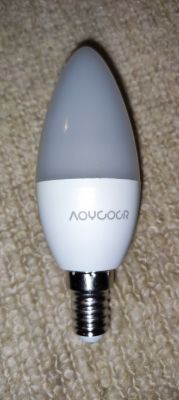
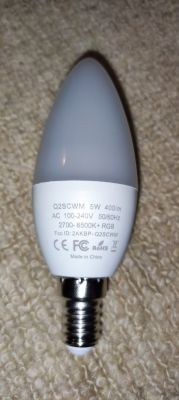



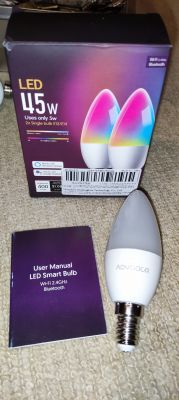
The plastic candle dome top pops off very easily to reveal an LED disc with true separate CW LEDs, single RGB combined LEDs and an 8 pin connector. With this number of pins I assumed it would be a PWM bulb rather than an i2c chip-based device.
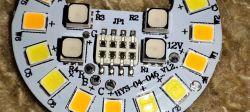
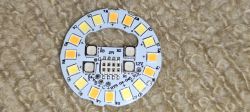
Diving deeper I found a module I've never seen before and one that does not show in any forum/Discord or Google searches that I can see. I don't see it listed in Tuya's dev product list either. It has an unshielded BK7231T. The whole module is rather large and labelled as "WB9". It is soldered to the main PCB by two columns of 4 pins at either side.
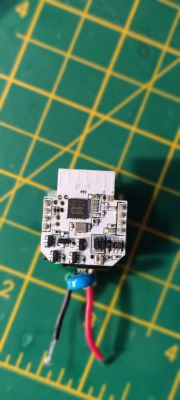
I unsoldered the module from the riser pins.
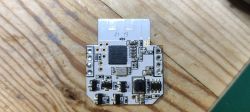

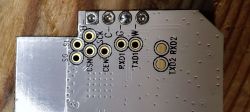

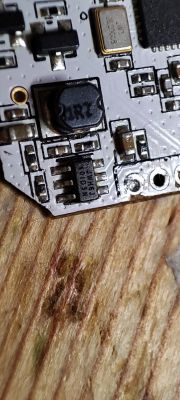
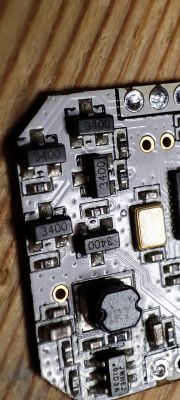

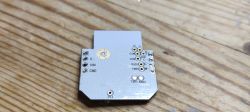
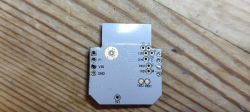
I then soldered VIN and GND holes to 3.3V and GND and attempted to power on the device but there was no life. I soldered power instead to the 3V3 pad and the chip booted as normal. I could pair it with the Tuya app.
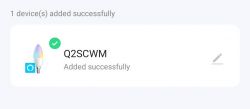
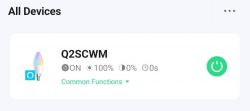
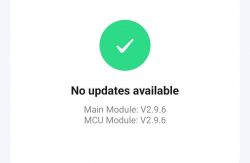
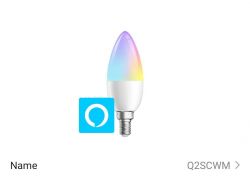
Using pogo pin from USB-TTL to TXD2 I got this boot log. Note how old the SDK and build date is. Tuya-cloudcutter can be used on this.
and then with the RXD1 and TXD1 I dumped the flash, attached.
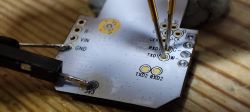
Easy flasher extracted this config
Interesting the module in storage data is WB3S
JSON
Tuya API
Flashing with OBK for the BK7231T was a success first time at 1500000 baud using pogo pins, perhaps thanks to the excellent contact they had with the test pad holes - the probes sat right in the middle of them perfectly.
Some more pics of the main PCB
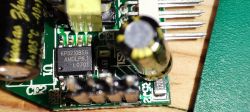
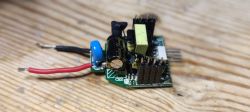
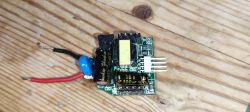
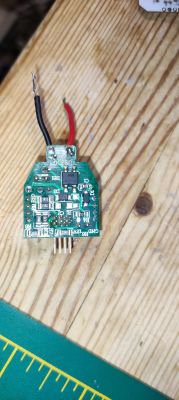
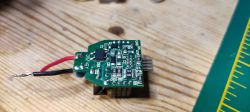
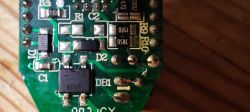
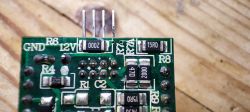
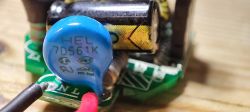

Interesting there's "12V" silkscreen text. Maybe the WB9 module is 12v through the VIN pin but reduces to 3.3v on the module for the BK7231T. There is a JWH6J chip and quite a few other bits on the module itself. On the main PCB there's an MB6F and under one of the capacitors a KP3210BSG.
So I have no information about the WB9, but am glad all the test pads were labelled nicely and it seems to be a standard BK7231T that's fully compatible with OBK. Could this be an Elektroda showcase world first for the WB9 module?
OBK template:
https://github.com/OpenBekenIOT/webapp/pull/9...mits/2fb0d7e7e6eab1c7b482f28d4c7e70592950f7c7
https://www.aliexpress.com/item/1005005961852651.html

Some packaging and device exterior shots:






The plastic candle dome top pops off very easily to reveal an LED disc with true separate CW LEDs, single RGB combined LEDs and an 8 pin connector. With this number of pins I assumed it would be a PWM bulb rather than an i2c chip-based device.


Diving deeper I found a module I've never seen before and one that does not show in any forum/Discord or Google searches that I can see. I don't see it listed in Tuya's dev product list either. It has an unshielded BK7231T. The whole module is rather large and labelled as "WB9". It is soldered to the main PCB by two columns of 4 pins at either side.

I unsoldered the module from the riser pins.









I then soldered VIN and GND holes to 3.3V and GND and attempted to power on the device but there was no life. I soldered power instead to the 3V3 pad and the chip booted as normal. I could pair it with the Tuya app.




Using pogo pin from USB-TTL to TXD2 I got this boot log. Note how old the SDK and build date is. Tuya-cloudcutter can be used on this.
Code: Text
and then with the RXD1 and TXD1 I dumped the flash, attached.

Easy flasher extracted this config
Code: Text
Interesting the module in storage data is WB3S
JSON
Code: JSON
Tuya API
Code: Text
Flashing with OBK for the BK7231T was a success first time at 1500000 baud using pogo pins, perhaps thanks to the excellent contact they had with the test pad holes - the probes sat right in the middle of them perfectly.
Some more pics of the main PCB









Interesting there's "12V" silkscreen text. Maybe the WB9 module is 12v through the VIN pin but reduces to 3.3v on the module for the BK7231T. There is a JWH6J chip and quite a few other bits on the module itself. On the main PCB there's an MB6F and under one of the capacitors a KP3210BSG.
So I have no information about the WB9, but am glad all the test pads were labelled nicely and it seems to be a standard BK7231T that's fully compatible with OBK. Could this be an Elektroda showcase world first for the WB9 module?
OBK template:
Code: JSON
https://github.com/OpenBekenIOT/webapp/pull/9...mits/2fb0d7e7e6eab1c7b482f28d4c7e70592950f7c7



